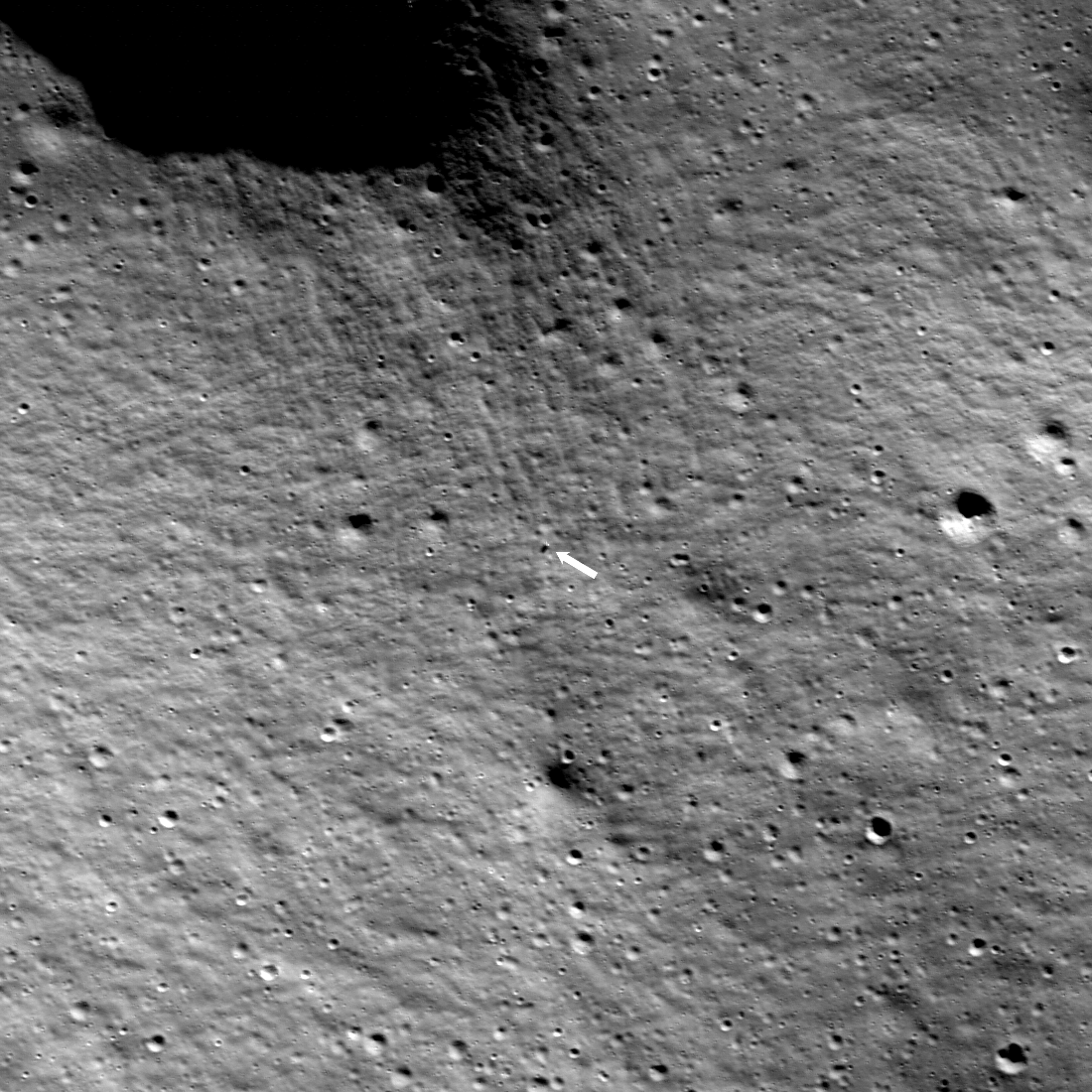I’m tempted to send a copy of this book to Intuitive Machines: The Checklist Manifesto, How to Get Things Right by Atul Gwande.
A proper checklist could have saved the IM-1 mission. It’s not that complicated.
I highly recommend it. Gwande is a wonderful writer (his Cutting for Stone is fantastic).We live in a world of great and increasing complexity, where even the most expert professionals struggle to master the tasks they face. Longer training, ever more advanced technologies—neither seems to prevent grievous errors. But in a hopeful turn, acclaimed surgeon and writer Atul Gawande finds a remedy in the humblest and simplest of techniques: the checklist. First introduced decades ago by the U.S. Air Force, checklists have enabled pilots to fly aircraft of mind-boggling sophistication. Now innovative checklists are being adopted in hospitals around the world, helping doctors and nurses respond to everything from flu epidemics to avalanches. Even in the immensely complex world of surgery, a simple ninety-second variant has cut the rate of fatalities by more than a third.
A proper checklist could have saved the IM-1 mission. It’s not that complicated.



